Donate now to support the LLIFLE projects.
Your support is critical to our success.
Your support is critical to our success.
Accepted Scientific Name: Sclerocactus uncinatus subs. wrightii (Engelm.) N.P.Taylor
Cactaceae Consensus Init. 5: 13. 1998
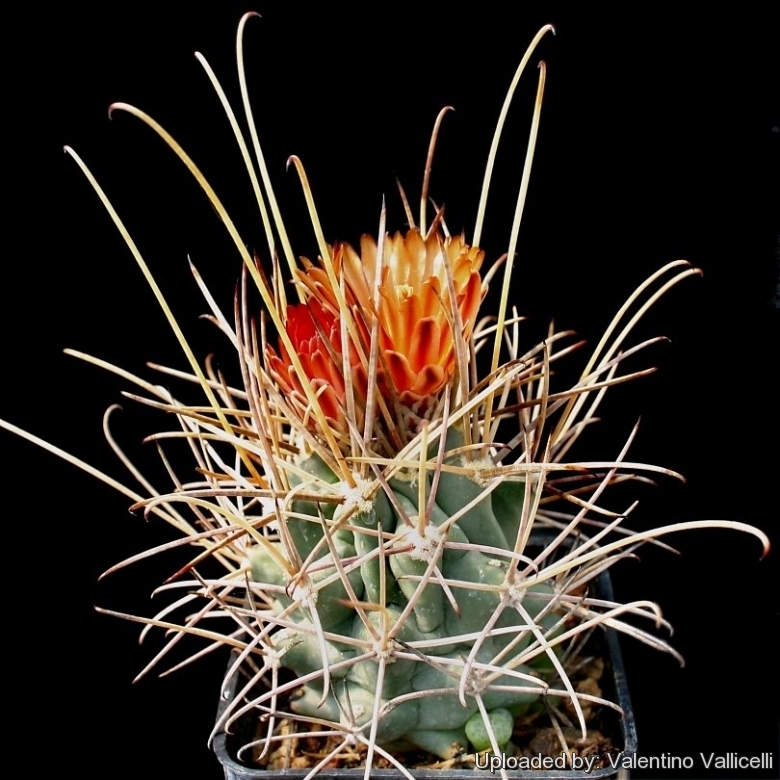
Sclerocactus uncinatus var. wrightii (Sclerocactus uncinatus subs. wrightii) Photo by: Valentino Vallicelli
SB840 Cuatrocienagas. Tiny blue-grey stems. Hooked coloured spines. Frost hardy to temperatures as low as -12° C.
SB840 Cuatrocienagas. Tiny blue-grey stems. Hooked coloured spines. Frost hardy to temperatures as low as -12° C.
Synonyms:
- Sclerocactus uncinatus subs. wrightii (Engelm.) N.P.Taylor
- Ancistrocactus uncinatus subs. wrightii (Engelm.) Doweld
- Ancistrocactus uncinatus var. wrightii (Engelm.) L.D.Benson
- Echinocactus uncinatus var. wrightii Engelm.
- Echinocactus uncinatus f. wrightii (Engelm.) Schelle
- Echinocactus wrightii (Engelm.) J.M.Coult.
- Echinomastus uncinatus var. wrightii (Engelm.) F.M.Knuth
- Echinomastus uncinatus f. wrightii (Engelm.) Scheele
- Ferocactus uncinatus var. wrightii (Engelm.) N.P.Taylor
- Glandulicactus uncinatus subs. wrightii (Engelm.) U.Guzmán
- Glandulicactus uncinatus var. wrightii (Engelm.) Backeb.
- Glandulicactus wrightii (Engelm.) D.J.Ferguson
- Hamatocactus uncinatus var. wrightii (Engelm.) Bravo
- Hamatocactus wrightii (Engelm.) Orcutt
- Pediocactus uncinatus var. wrightii (Engelm.) Halda
- Sclerocactus uncinatus var. wrightii (Engelm.) N.P.Taylor
- Thelocactus uncinatus var. wrightii (Engelm.) H.P.Kelsey & Dayton
See all synonyms of Sclerocactus uncinatus
back
Accepted name in llifle Database:Sclerocactus uncinatus (Galeotti) N.P.Taylor
Bradleya 5: 94. 1987
Synonymy: 8
- Sclerocactus uncinatus (Galeotti) N.P.Taylor
- Ancistrocactus uncinatus (Galeotti) L.D.Benson
- Echinocactus uncinatus Galeotti
- Echinomastus uncinatus (Galeotti) F.M.Knuth in Backeb. & F.M.Knuth
- Ferocactus uncinatus (Galeotti) Britton & Rose
- Glandulicactus uncinatus (Galeotti) Backeb.
- Hamatocactus uncinatus (Galeotti) Galeotti ex Borg
- Thelocactus uncinatus (Galeotti) Buxb.
Sclerocactus uncinatus subs. crassihamatus (F.A.C.Weber) N.P.Taylor
Cactaceae Consensus Init. 5: 13. 1998
Synonymy: 11
- Sclerocactus uncinatus subs. crassihamatus (F.A.C.Weber) N.P.Taylor
- Ancistrocactus crassihamatus (F.A.C.Weber) L.D.Benson
- Ancistrocactus uncinatus subs. crassihamatus (F.A.C.Weber) Doweld
- Echinocactus crassihamatus F.A.C.Weber in Bois
- Ferocactus crassihamatus F.A.C.Weber in Bois
- Glandulicactus crassihamatus (F.A.C.Weber) Backeb.
- Hamatocactus crassihamatus (F.A.C.Weber) Buxb.
- Hamatocactus uncinatus subs. crassihamatus (F.A.C.Weber) Glass
- Pediocactus uncinatus var. crassihamatus (F.A.C.Weber) Halda
- Sclerocactus uncinatus var. crassihamatus (F.A.C.Weber) N.P.Taylor
- Thelocactus crassihamatus (F.A.C.Weber) W.T.Marshall
Sclerocactus uncinatus subs. crassihamatus var. mathssonii (Berge ex K.Schum.) nov. comb. ined.
[Basionym: Echinocactus mathssonii Berge in K.Schum. 1898]
Synonymy: 5
- Sclerocactus uncinatus subs. crassihamatus var. mathssonii (Berge ex K.Schum.) nov. comb. ined.
- Ancistrocactus mathssonii (Berge ex K.Schum.) Doweld
- Echinocactus mathssonii Berge in K.Schum.
- Ferocactus mathssonii (Berge ex K.Schum.) N.P.Taylor
- Glandulicactus mathssonii (Berge ex K.Schum.) D.J.Ferguson
Sclerocactus uncinatus subs. wrightii (Engelm.) N.P.Taylor
Cactaceae Consensus Init. 5: 13. 1998
Synonymy: 27
- Sclerocactus uncinatus subs. wrightii (Engelm.) N.P.Taylor
- Ancistrocactus uncinatus subs. wrightii (Engelm.) Doweld
- Ancistrocactus uncinatus var. wrightii (Engelm.) L.D.Benson
- Echinocactus uncinatus var. wrightii Engelm.
- Echinocactus uncinatus f. wrightii (Engelm.) Schelle
- Echinocactus wrightii (Engelm.) J.M.Coult.
- Echinomastus uncinatus var. wrightii (Engelm.) F.M.Knuth
- Echinomastus uncinatus f. wrightii (Engelm.) Scheele
- Ferocactus uncinatus var. wrightii (Engelm.) N.P.Taylor
- Glandulicactus uncinatus subs. wrightii (Engelm.) U.Guzmán
- Glandulicactus uncinatus var. wrightii (Engelm.) Backeb.
- Glandulicactus wrightii (Engelm.) D.J.Ferguson
- Hamatocactus uncinatus var. wrightii (Engelm.) Bravo
- Hamatocactus wrightii (Engelm.) Orcutt
- Pediocactus uncinatus var. wrightii (Engelm.) Halda
- Sclerocactus uncinatus var. wrightii (Engelm.) N.P.Taylor
- Thelocactus uncinatus var. wrightii (Engelm.) H.P.Kelsey & Dayton
- Sclerocactus uncinatus subs. wrightii f. cristatus hort.
- Ancistrocactus uncinatus subs. wrightii f. cristatus hort.
- Echinocactus uncinatus var. wrightii f. cristatus hort.
- Echinomastus uncinatus var. wrightii f. cristatus hort.
- Ferocactus uncinatus var. wrightii f. cristatus hort.
- Glandulicactus uncinatus subs. wrightii f. cristatus hort.
- Glandulicactus wrightii f. cristatus hort.
- Hamatocactus wrightii f. cristatus hort.
- Pediocactus uncinatus var. wrightii f. cristatus hort.
- Thelocactus uncinatus var. wrightii f. cristatus hort.
back
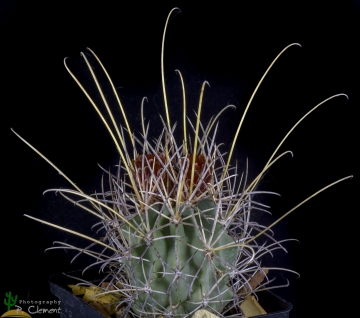
Sclerocactus uncinatus var. wrightii (Sclerocactus uncinatus subs. wrightii) Photo by: Peiffer Clement
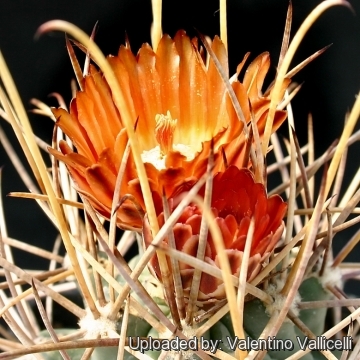
Sclerocactus uncinatus var. wrightii (Sclerocactus uncinatus subs. wrightii) Photo by: Valentino Vallicelli
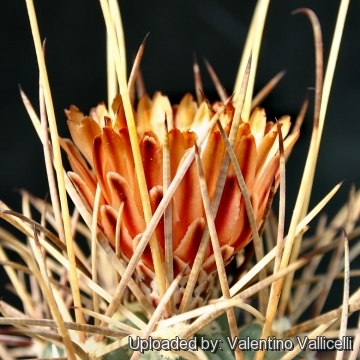
Sclerocactus uncinatus var. wrightii (Sclerocactus uncinatus subs. wrightii) Photo by: Valentino Vallicelli
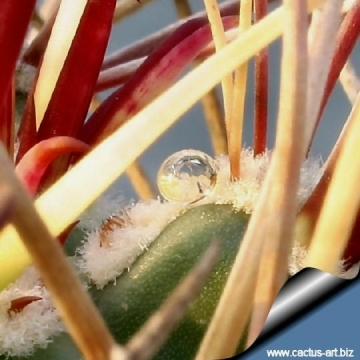
A drop of nectar from from the areolar glands on the tubercles groove. (Sclerocactus uncinatus subs. wrightii) Photo by: Cactus Art
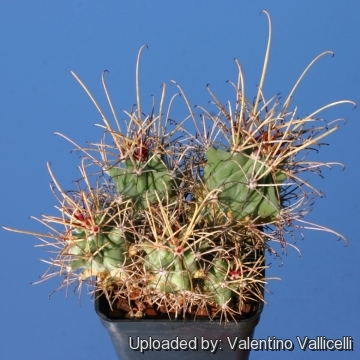
Sclerocactus uncinatus var. wrightii (Sclerocactus uncinatus subs. wrightii) Photo by: Valentino Vallicelli
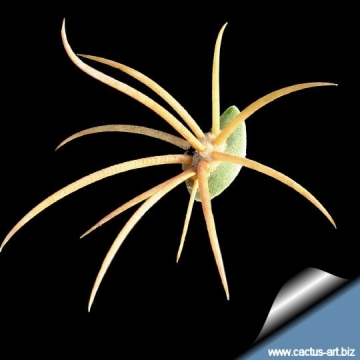
Sclerocactus uncinatus var. wrightii (Sclerocactus uncinatus subs. wrightii) Photo by: Cactus Art
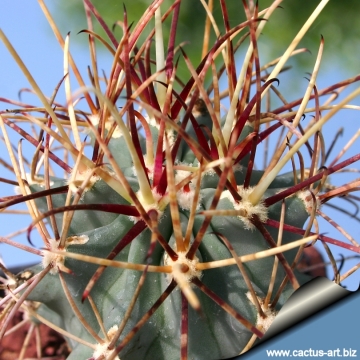
Sclerocactus uncinatus var. wrightii (Sclerocactus uncinatus subs. wrightii) Photo by: Cactus Art
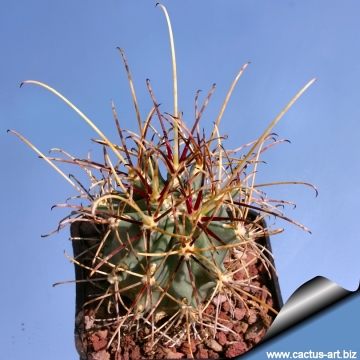
Sclerocactus uncinatus var. wrightii (Sclerocactus uncinatus subs. wrightii) Photo by: Cactus Art
| Your Actions | |
|---|---|
| Back to Sclerocactus index | |
| Back to Cactaceae index | |
 |
Back to Cacti Encyclopedia index |








